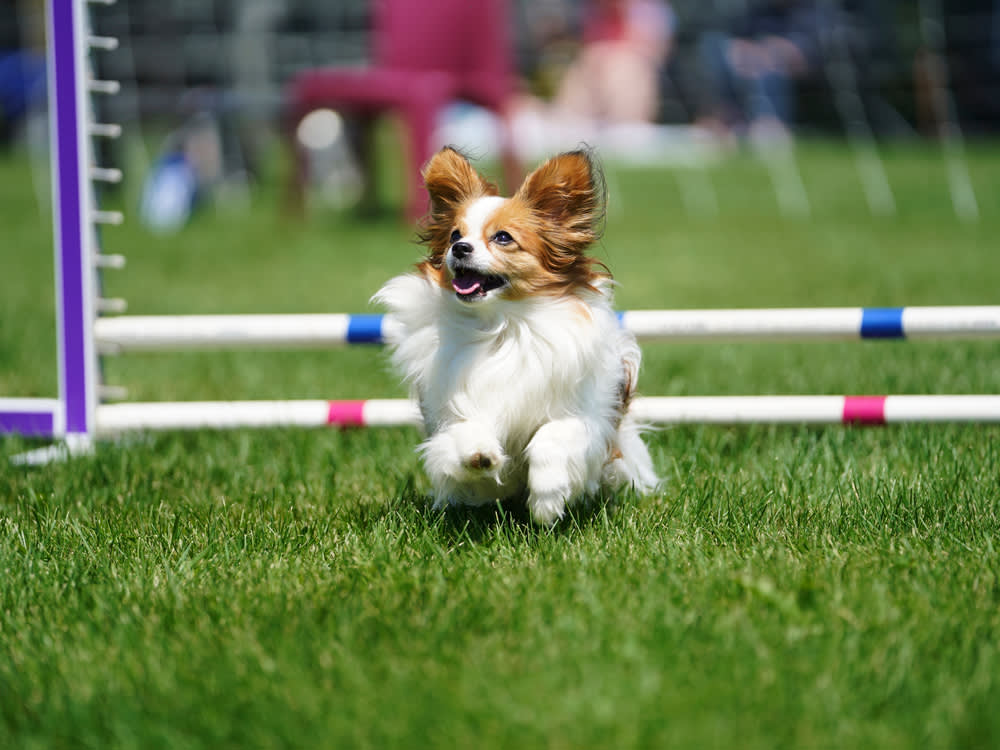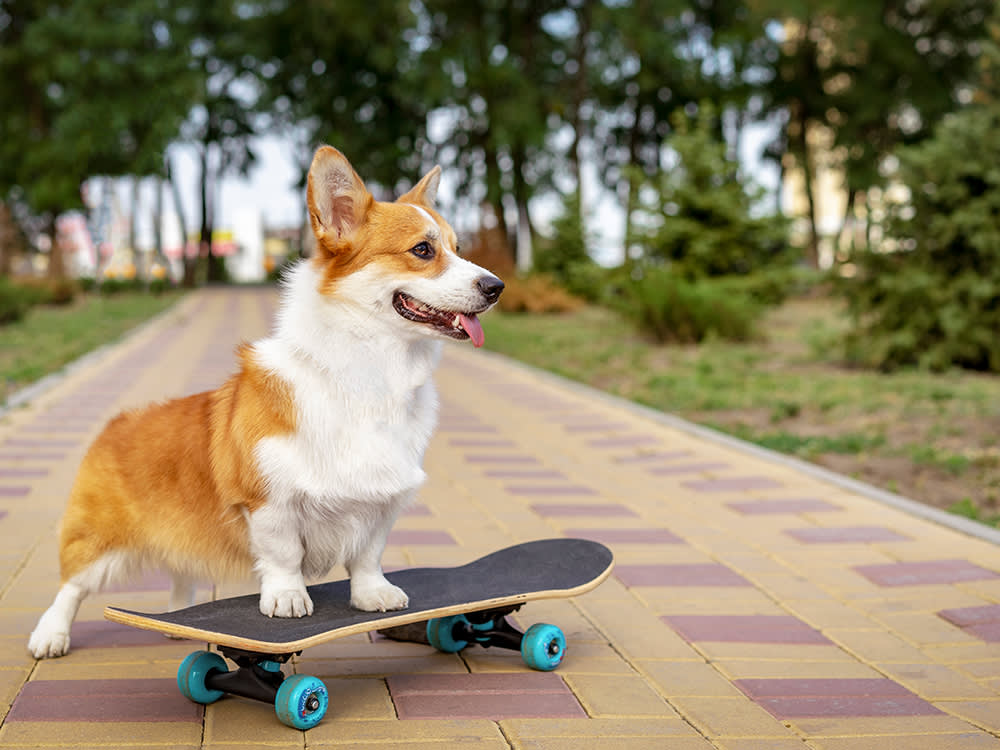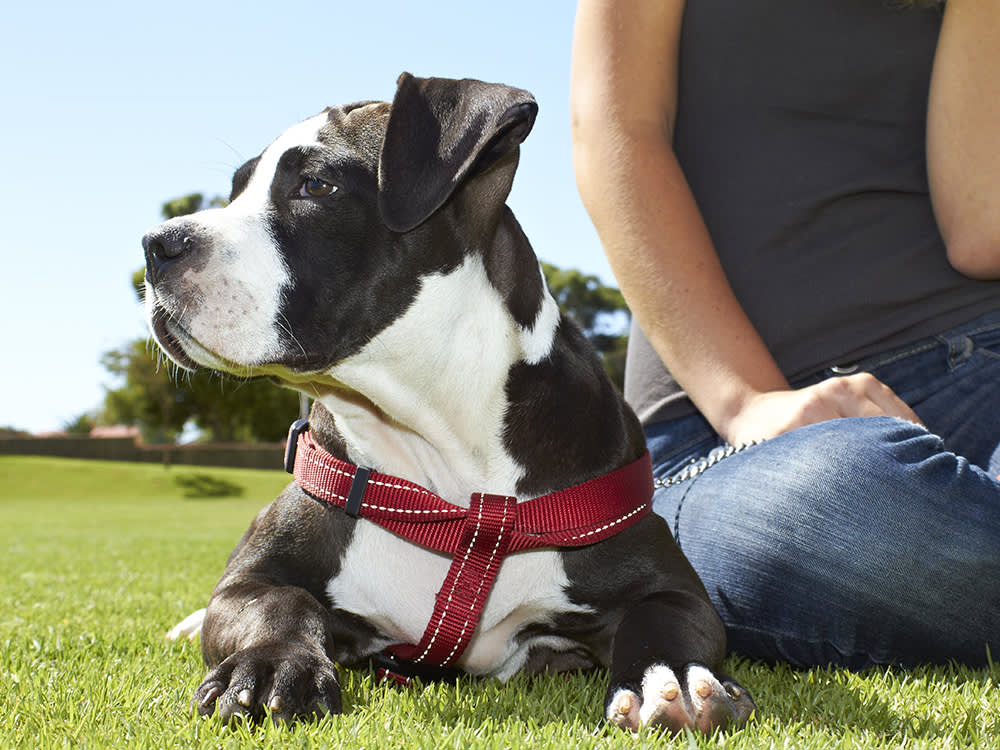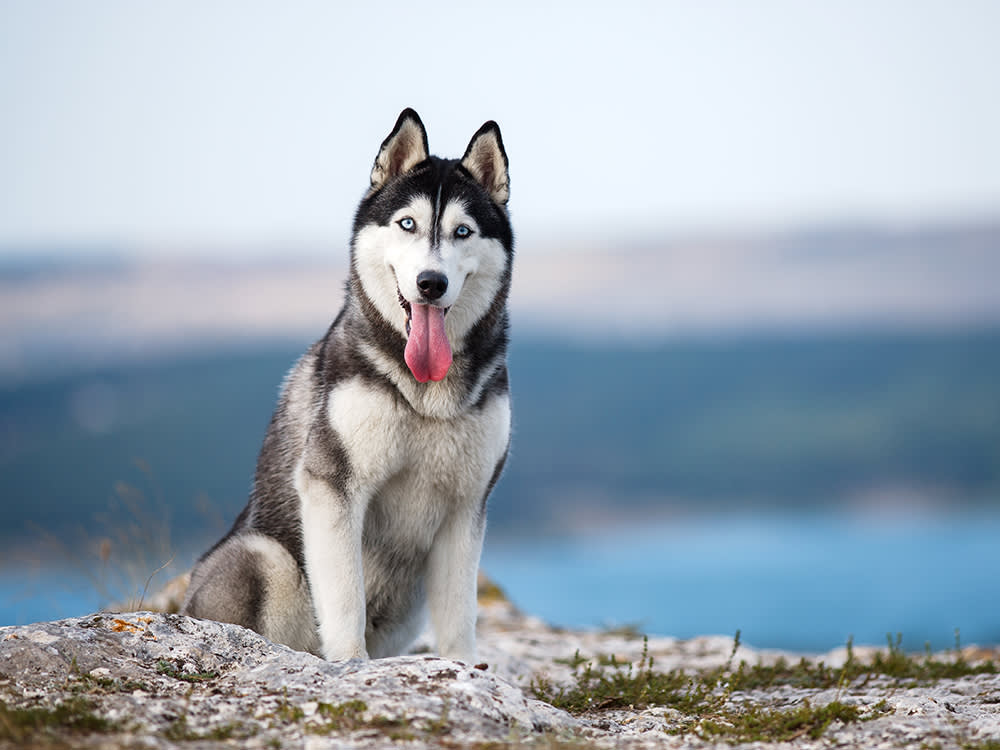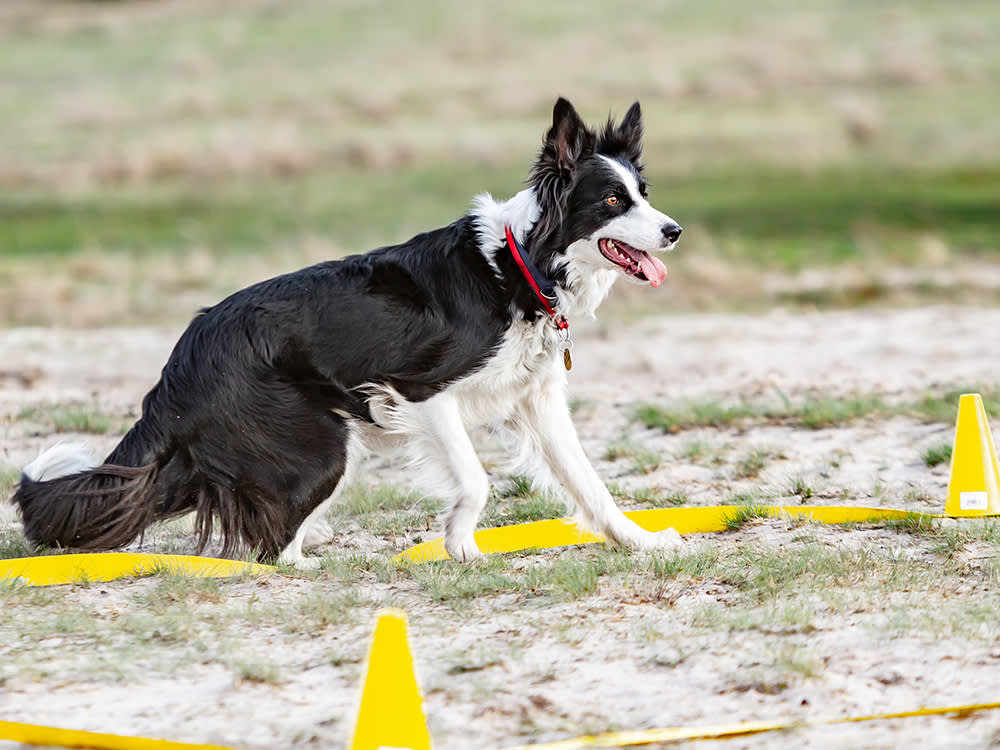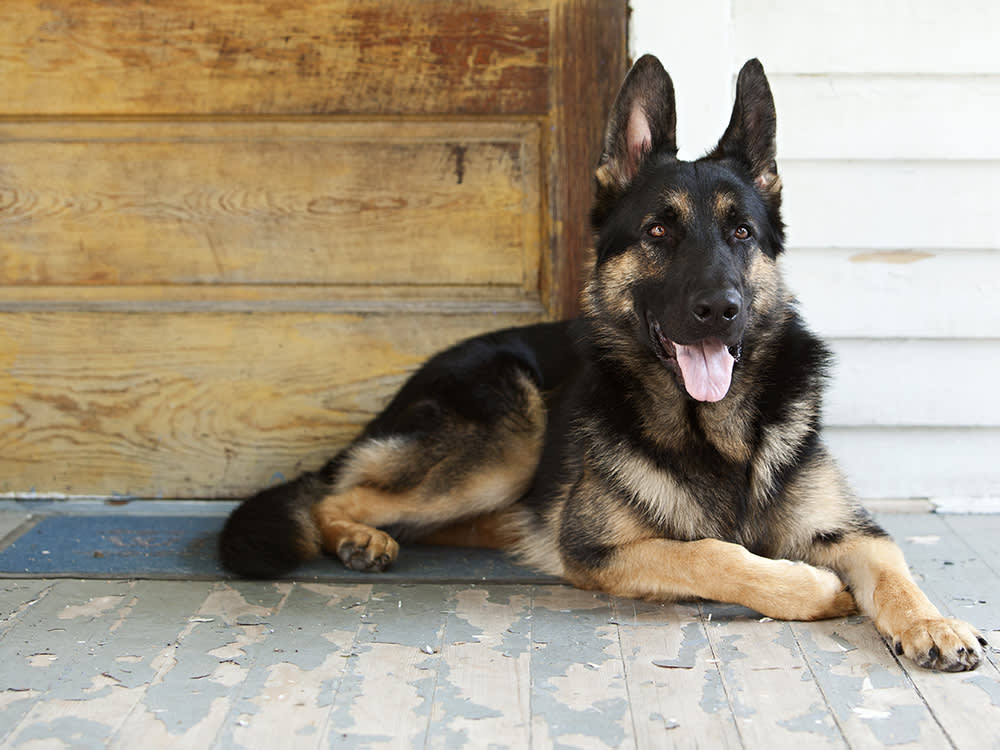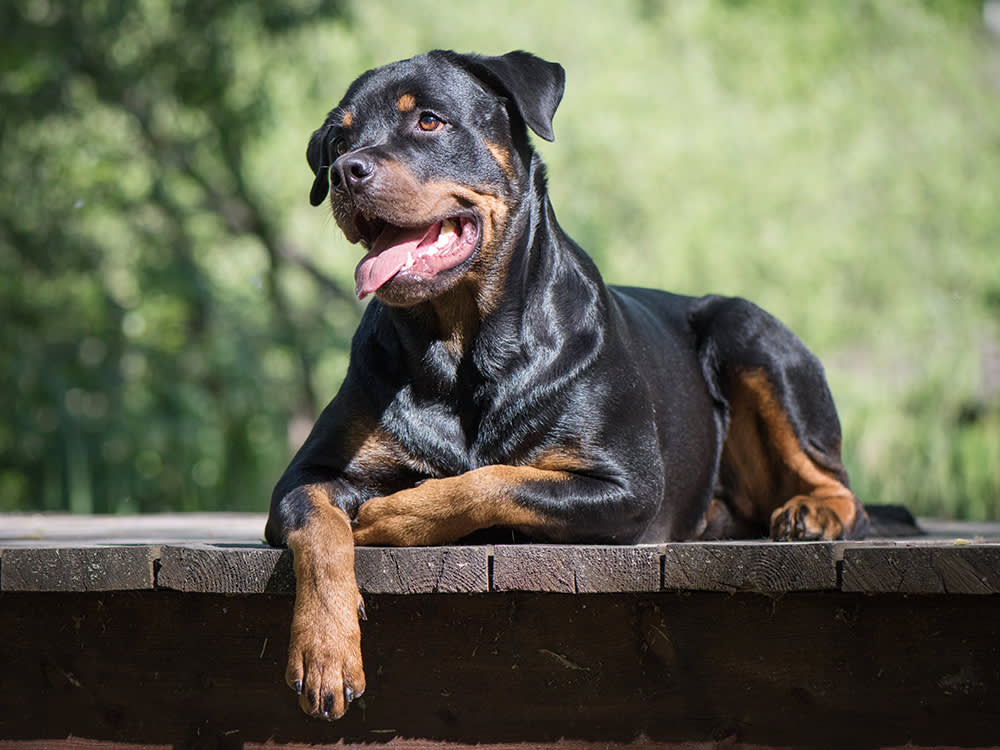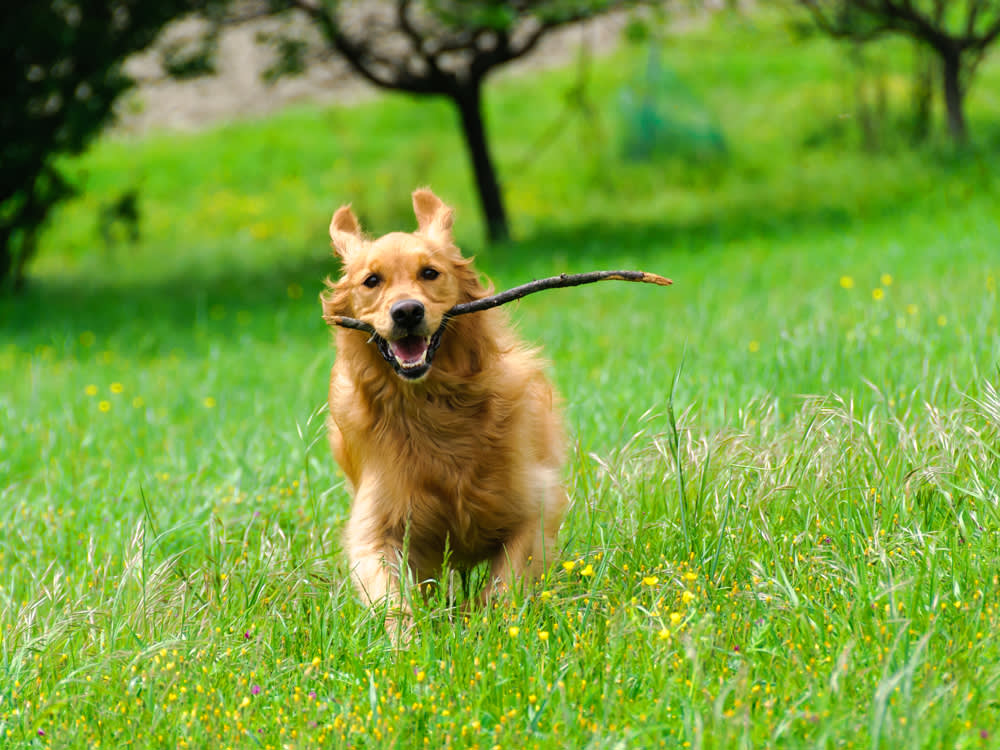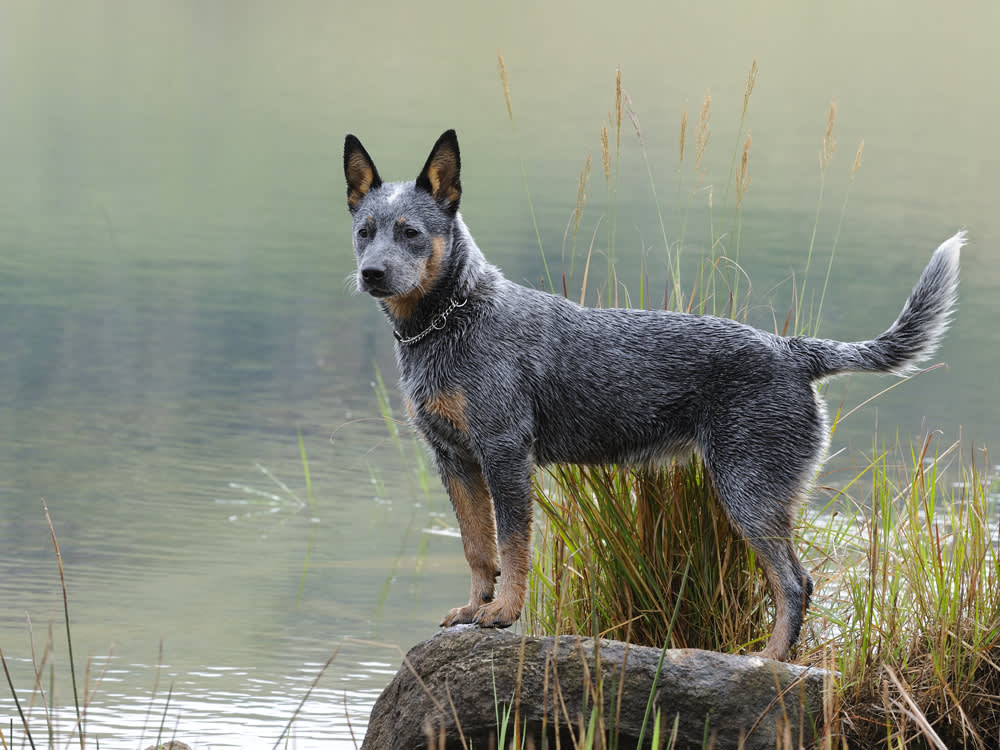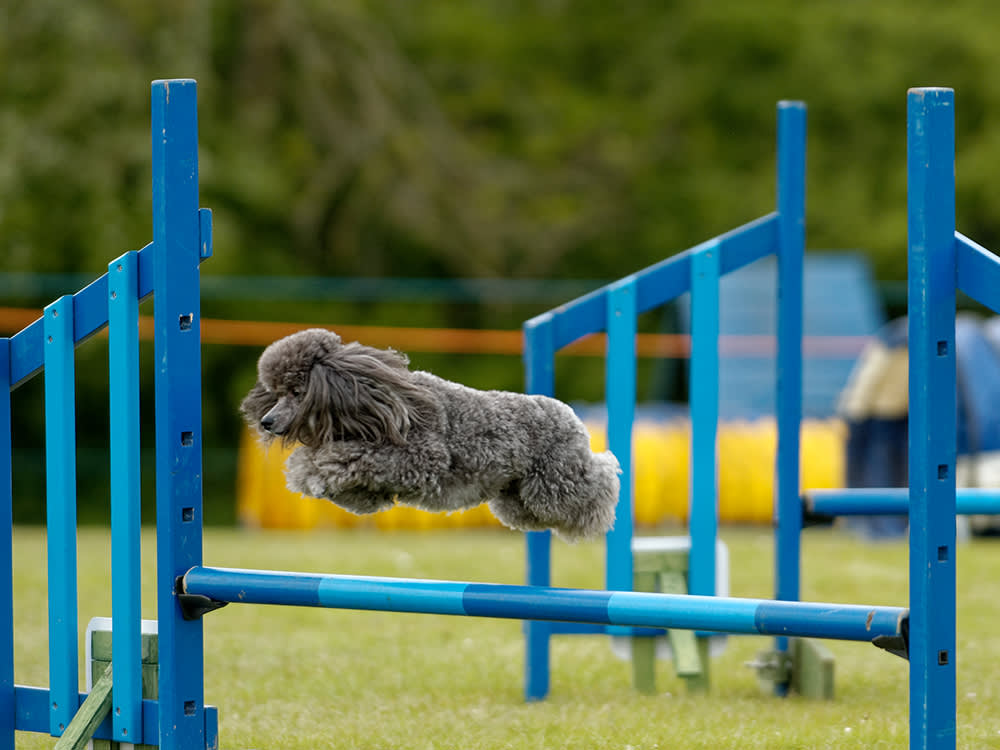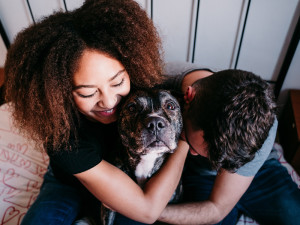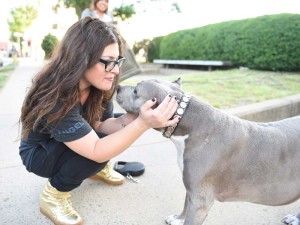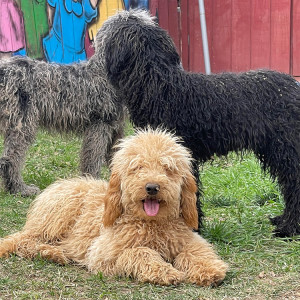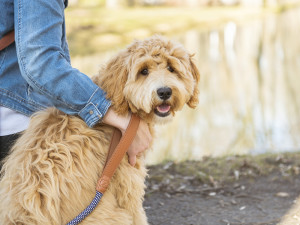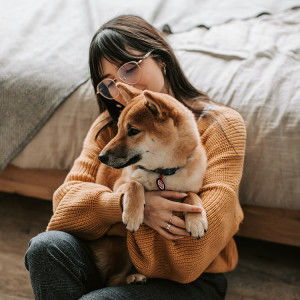Dogs Who Are Easy to Train: Top 10 Easiest Dogs to Train
Spoiler: It’s not about the breed. But these pups are pretty brainy.
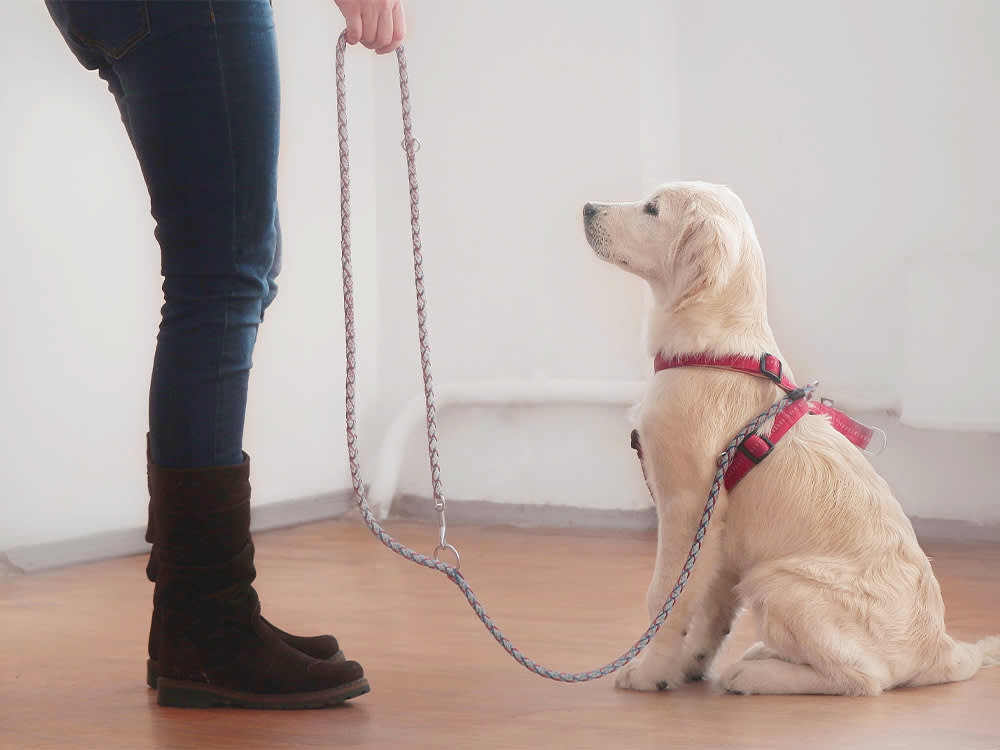
Share Article
In this Article:
Small Dogs Who Are Easy to Trainopens in a new tab Medium Dogs Who Are Easy to Trainopens in a new tab Large Dogs Who Are Easy to Trainopens in a new tab Family Dogs Who are Easy to Trainopens in a new tab Dogs Who Don’t Shed and Are Easy to Trainopens in a new tab
Stereotypes cling to certain breeds like dog hair to a suede couch. No matter what the science says, some people think American Staffordshire Terriers (aka “pit bulls”) are aggressive, Labradors are saints, and Border Collies can be trained to speak English. More reasonable assumptions cling to dozens of other breeds, but there’s actually no innate quality that determines how easy or hard a particular dog is to train.
“I’ve trained more than 25,000 dogs in my professional career,” says Stacy Alldredge, a certified dog trainer, behaviorist, and founder of Who’s Walking Whoopens in a new tab. Her clients run the gamut of breed, age, disposition, and temperament, and she says trainability is more about individual temperament than any particular breed characteristicsopens in a new tab. “It’s not the breed, but the dog’s confidence and openness to training.”

littleKin™ is Kinship’s home just for puppy and kitten parents. Bop over to check out expert advice, new pet tools, and special deals—all curated for your newest family member.
opens in a new tabThat said, certain breeds are known to have temperaments that are generally easier to train, including the Border Collie, Golden Retriever, German Shepherd, Poodle, Corgi, Papillon, Australian Cattle Dog, Rottweiler, American Pit Bull Terrier, and Husky. While these dogs are likely to be intelligentopens in a new tab and eager to please, all of them possess unique traits. More than anything, consistent training methods and a skilled parent with clear motivation are the keys to success. (One way to improve your odds of training success? Incorporate plenty of playopens in a new tab in your training routine.)
Adaptability to new things, ability to self-soothe, sufficient exercise, consistent food and water, clear motivation (toys, high-value treatsopens in a new tab, praise), and a dedicated pet parent all contribute to a dog’s adaptability to training. Their willingness to obey commands depends less on keen intelligence than an interest in what humans want. This quality — call it “human interest” — does tend to appear more in certain breeds and breed mixes than others. The breed with the most human interest? Not a breed at all, but a rescue dog: food-motivated, eager to please, and — as many adopters will attest — grateful.
Interestingly, one study indicates that female dogs may take to training better than males. A 1996 surveyopens in a new tab of veterinarians and dog care professionals in the United Kingdom found that across breeds, male dogs were rated as more reactive, immature, and aggressive than female dogs. Female dogs, on the other hand, were considered easier to train — and were also more affectionate. (Important note: This survey was specific to purebred dogs.)
Male or female, rescue or purebred, below you’ll find more about 10 breeds who are generally considered quick studies. We’ve grouped them by size and included breeds that are known to be family-friendly and that shed less than others. Be sure and read to the end for answers to three frequently asked questions about training.
Small dogs who are easy to train
Adorable and apartment-friendly, small dogs are a popular choice for city dwellers and those who want to be able to easily scoop their pup up and tote them around. Here are a couple that may be easier to train than others.
1. Papillon
Named for the French “butterfly,” this smart, lively dog with tricky hair can also have the attitude you’d expect from someone often painted on the laps of French noblewomen. The large and graceful ears do pick up instruction well, but as with many smaller dogs, Papillons need a lot of consistent training. Here are some tips to get you startedopens in a new tab.
2. Corgi
Any dog who looks about 40 percent head must be kind of brainy, and with Welsh Corgis, the appearance does not deceive. Highly intelligent and food-motivated, they’re quick to learn but, like their most famous fanopens in a new tab, Queen Elizabeth II, their independence can make them prone to lording over others. For best results, and if possible, put them on a training schedule when they’re puppiesopens in a new tab.
Medium dogs who are easy to train
Not too small, not too big, but just right, Goldilocks would have been a fan of a medium-sized dog. If you, too, want a just-right-sized dog who will sit, stay, and heel, one of these breeds might make the perfect addition to your household.
3. American Pit Bull Terrier
Pure love bombs of affection (despite what a lot of misinformationopens in a new tab would have you think), American Staffordshire Terriers, American Pit Bull Terriers, and mixes such as “Labrabulls” and “Pitadors” tend to be whip-smart and determined. Plus, they’re loyal, smart, and and easy to train to be your favorite buddy.
4. Husky
Spitz family dogs (including Huskies, Malamutes, Akitas, and Japanese Spitzsopens in a new tab) were selectively bred for hunting, herding, and pulling sleds. Be aware of their incredibly heavy coat and high energy levels. These dogs might be YouTube sensations for “singing” and “talking” adorably, but they have also been known to chew straight through doors and walls while their parents are at work. Again, training them from puppyhoodopens in a new tab is helpful, if you adopt them young enough.
5. Border Collie
This working dog’s rep for intelligence keeps growing, thanks to verbose characters like Chaseropens in a new tab here. But as any schoolteacher knows, a brilliant kid can also be quite a handful: intense, quick-thinking, hypersensitive to sound and touch. Training a Border Collie means managing extraordinary mental and physical energy. Think of them as a hyperactive roommate bent on outsmarting you.
Large dogs who are easy to train
If you grew up with Clifford the Big Red Dog, the Beethoven movies, and Marmaduke, you likely have a soft spot for large dogs. These breeds make excellent, and highly biddable, big buddies.
6. German Shepherd
A herding dog apart, German Shepherds tend to be unusually driven and intelligent, quick to read signals and learn tasks, and extremely self-assured. What they’re not so good at is chilling. They need competent, confident parents, and training is not optional but a must. (If you adopt them when they’re older, try these methodsopens in a new tab.)
7. Rottweiler
Comfortably one of the top 10 most intelligent breeds, the Rottweiler learns quickly and has a history as a guard dog. Descended from the Roman Mastiff, who herded cattle throughout Europe, their strength and protectiveness later made them favorites of German police. Darkly handsome looks aside, they’re no more aggressive than any other dog, but their size and strength make it essential that they do get trained, even if it’s relatively easy. (“Leave it” is an especially important commandopens in a new tab to teach this breed.)
Family dogs who are easy to train
Many people feel that a house isn’t a home without a dog, and a family isn't complete without one, either. If you’re looking for a pup who gets along with children and takes to training easily, try one of these breeds.
8. Golden Retriever
Golden Retrievers are popular family dogs for good reason: This breed has a reputation for being the one of the best all-around dog companions out there. Well-rounded, easygoing in most situations, and eager to please, they may make a better sibling for your child than another human baby (or at least, there’s likely to be less bickering and rivalry involved).
9. Australian Cattle Dog
Stalwart workers, these dogs are very faithful, and, like all of the above breeds, known for their intelligence. Their loyalty makes them good family dogs, but as with the German Shepherd and Border Collie, their smarts, energy, and independence demand consistent boundaries from their parents. It’s best if they join your family early on and grow up alongside your kids, or come into the family when your children are on the older side — later elementary school age or older.
Dogs who don’t shed and are easy to train
While all dogs shed to some extent, some breeds are less likely to leave a trail of fur than others. If you’re looking for a dog who won’t require you to vacuum your home from top to bottom daily — and is easy to train, to boot — try the following.
10. Poodle
Descended from the German Barbet and Hungarian Water Hound, this dog named after the German word for “puddle” has a well-earned rep for intelligence and hunting strength that makes them quick to learn — and belies the whimsical curly ’dos the breed is known for. That curly coat is what makes them seem to shed less, though what’s really happening is that the coils are keeping the fur from falling to the floor (or flying through the air). Give a Poodle a good brushing, and you’ll see that they do, indeed shed. They just conveniently keep it to themselves!
FAQs (People also ask):
Ali Smith, dog trainer and founder of Rebarkableopens in a new tab, answers three of the top training questions dog parents ask.
Are there any dogs who are particularly easy to potty train?
While cleaning up accidents is a part of life for any pet parent, it’s certainly not one of the more fun ones. It stands to reason, then, that many people prefer to keep pee and poop cleanup to a minimum. Does breed matter when it comes to potty training? Smith says yes. “Some dogs are naturally ‘cleaner’ than others. One of the cleaner breeds is the Akita, while Frenchies are notoriously hard to potty train.”
What factors affect how easy a dog is to train?
Smith says a dog’s breeding can affect how easy they are to train. “To be honest, it’s about how ‘biddable’ they are, which is a direct result of how they’re bred. A Labrador is built to work alongside a human — they’ve been bred to find it rewarding to make us happy, and consequently they are easier to train. A Beagle, on the other hand, is bred to be a mile away, howling their little head off and thinking for themselves...Ideally, you want to choose a dog that thinks in a similar way to you, their parent.“
What should I do if I’m having difficulty training my dog?
Don’t take it to heart if your dog is difficult to trainopens in a new tab. All dogs are different, and all you can do is your best. Here’s Smith’s advice: “The first thing is to decrease any distraction your pup is experiencing, and to increase your reward value (for example, try cheeseopens in a new tab instead of a prepackaged treat)...Try to avoid giving big labels (like reactivity or separation anxiety) to pups without the insight of a professional.”
References:

Chris Norris
Chris Norris is a writer, reporter, author, and longtime companion to West Highland terrier Gus, recently departed but intensely loved. Chris Norris is has written for The New Yorker, New York Magazine, The New York Times Magazine, Rolling Stone, GQ, Details, and NPR’s “All Things Considered.” He lives in New York City with his wife and 10-year-old son.

Elizabeth Laura Nelson
Elizabeth Laura Nelson is a writer and editor based in Brooklyn, New York. As a child, Elizabeth was scared of cats (claws and teeth, yikes) but she has since gotten over her fear and now shares her home with three sweet and gentle feline companions who make life better (and cuddlier) every day.
Related articles
![Couple hugging their Pit Bull]() opens in a new tab
opens in a new tabWhat Is a Pit Bull, Exactly?
Everything you need to know about the five breeds dubbed “Pit Bulls.”
![Rebecca Corry with her dog]() opens in a new tab
opens in a new tabComedian Rebecca Corry Stands Up for Pit Bulls
“Comedy and entertainment — that’s my passion. But my purpose in life is saving dogs. And somehow I have managed to combine the two.”
![Three doodles sitting outside in the grass.]() opens in a new tab
opens in a new tabHow The Animal Pad Rescued 111 Doodles From a Backyard Breeder
Further proof that you can — and should — adopt rescued designer dogs.
![Happy Labrador Retriever sitting on the floor]() opens in a new tab
opens in a new tabDid You Know 25% of Shelter Dogs Are Purebred?
If your heart is set on a purebred pup, start your search at breed-specific rescue organizations.
![designer dog breed Labradoodle on a leash looking at the camera]() opens in a new tab
opens in a new tabFrom Goldendoodles to Puggles — the Truth About “Designer Dogs”
Do your research. Know the facts.
![A woman wearing a knit sweater holding a dog close on the floor of her bedroom.]() opens in a new tab
opens in a new tabSeparation Anxiety in Dogs
Train your dog to stay calm when they’re on their own — instead of sad-singing “All By Myself” until you come home.
